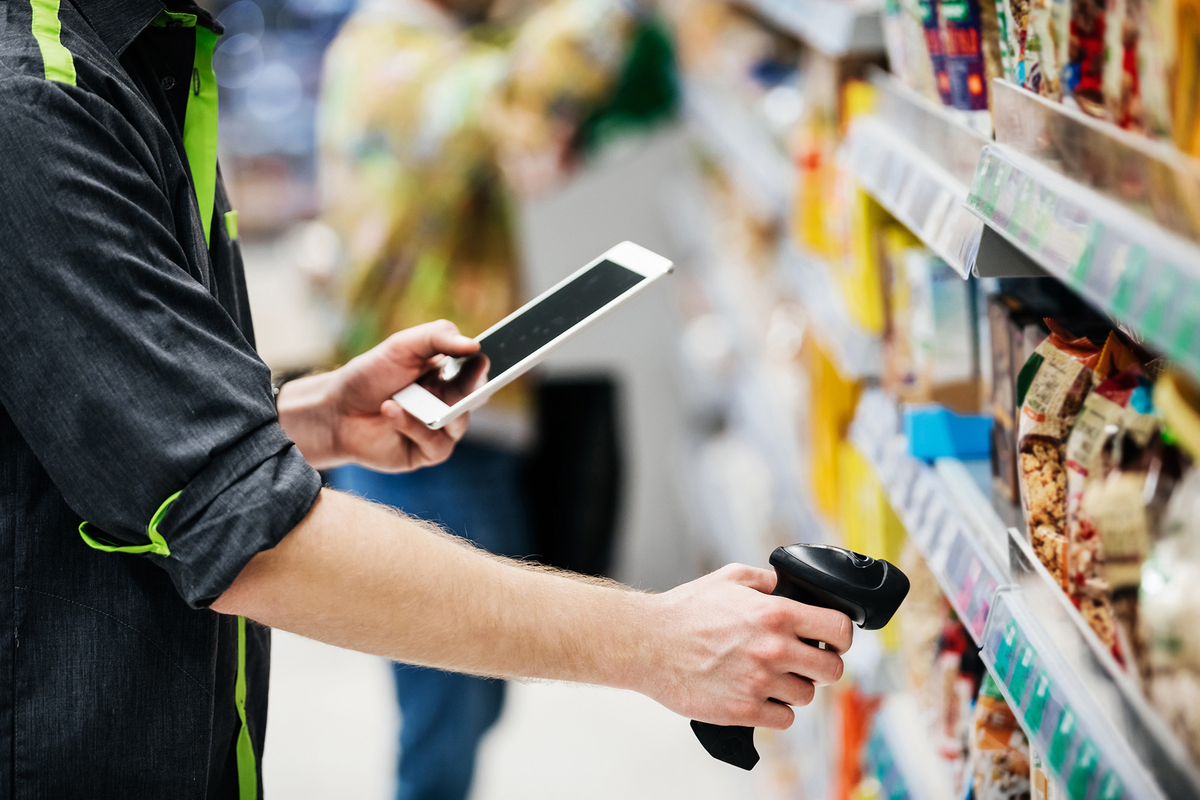
What is CPG pricing?
CPG pricing, or Consumer Packaged Goods pricing, is the process of setting prices for products sold in retailers and online. Essentially, it’s using the variety of tools at your disposal to pick the prices for each product to maximize sales and profits. It can be a complicated endeavor and requires looking at data and consumer trends to do effectively.
Common CPG pricing strategies
Since CPG products have been a staple of consumer culture for hundreds of years, a few tried and true pricing strategies have emerged. However, each has its own pros and cons, so it’s important to experiment and pick the one that works for your particular business. You also need to understand the small CPG landscape so you can meet changing consumer trends.
Here are the 5 most common CPG pricing strategies:
CPG pricing best practices
As with retail analytics best practices, it’s important to adhere to CPG pricing best practices, so you can get the biggest return on your investments. Here are 4 best practices for CPG pricing:
Understand your customers
You’ll never achieve long-term success if you don’t have a strong understanding of who your ideal customer is. Establishing buyer personas to segment your target market and gain greater insight into what they want and how you can help is key. Track as much data as possible, understand the factors that influence the demand of consumer goods, and use this to adjust your strategies to match shifting demand trends.
Look to the competition
Paying attention to your competition’s pricing models and their level of success can help you better understand the market and consumer trends. This is particularly important in the modern era where brand loyalty is at an all-time low and consumers look to business transparency and pricing instead.
Don’t get into pricing wars
While it is valuable to know what the competition is doing and if it’s successful, you really don’t want to get pulled into a price-based competition. This will just lead you both to undercut yourselves and miss out on profits. Instead, use competitors as a benchmark and seek to differentiate your offerings and maximize sales.
Build your brand
Brands that are trusted and are known for quality can charge more for products than lesser known ones. Invest in CPG marketing and work to meet consumer needs. This will set you up for long term success and let you set the tone for the market rather than having to simply react to it.

Use data to set the best prices
Companies that aren’t using retail data when pricing their products are missing out on valuable revenue. Understanding what’s selling, where, and for how much is key to success.
Fortunately, with Byzzer’s reporting solutions, you can have all the data you need at your fingertips. Contact us today to see what our tools can do for your business. You’ll also want to read about the top CPG trends for small businesses in 2022.
Byzzer provides breakdowns of all these attributes in easy-to-digest reports. Best of all, we’ll show you how to leverage this information for your action plan.




